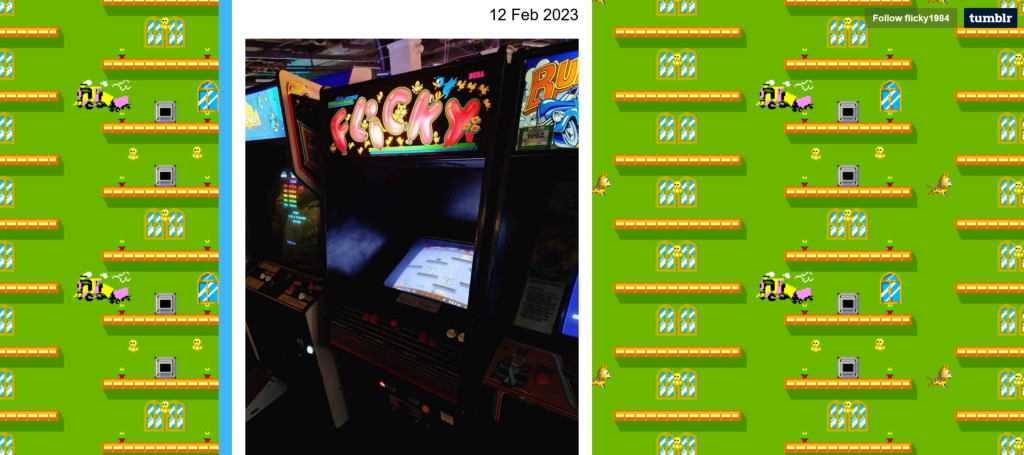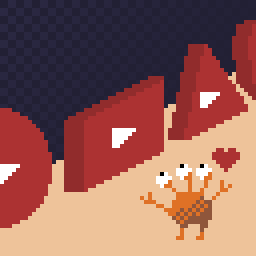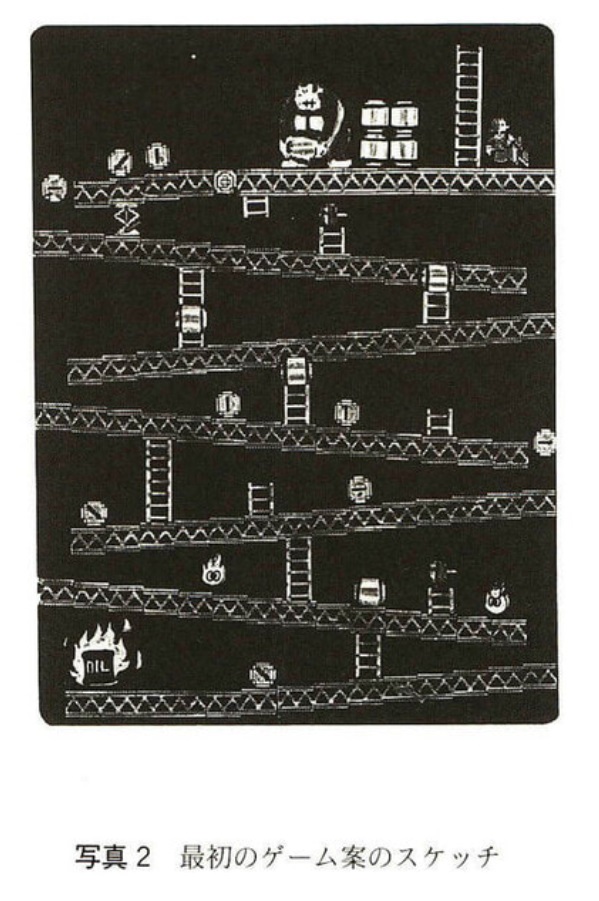It might not seem like it, but in the 8- and 16-bit era, text in a game was rather expensive.
The expressive power of an English sentence is great, but in a way, that of an equal number of bytes of assembly is greater, due to it living and working in the machine, and not just in the head of the player. A page of text is about 700 words; at an average of five characters each, uncompressed that’s 3,500 bytes, or 3.5 kilobytes. By contrast,the whole OS of the Commodore 64, Kernel and BASIC ROMs combined, is 8K.
Most JRPGs are thought to have lots of text, but really they have less than you might think. Square used a few tricks to make a little text seem like more than it really was: like the use of larger fonts, and using graphics to put on little skits to illustrate scenes instead of just displaying them as plain old words. And of course there’s compression. A good compression scheme, while troublesome for fan translators, can still cut down the size of text by half.
But Earthbound is a unique game in many ways, and one of them is the amount of text it has. Creator Shigesato Itoi is a copywriter and essayist, and he wrote a ton of words for Mother 2, Earthbound’s Japanese version. Translator Marcus Lindblom gave it a localization that many regard as one of the greatest of all, that manages to get across much of the wit and charm of the original.
It was a huge task. The text dump on GameFAQs, compiled by someone going by the name “BlueberryButtface,” is 391 kilobytes; the size of the game’s ROM is a bit over 3 megabytes. A direct comparison isn’t really helpful because the dump on the page is uncompressed, but it’s still useful to get a sense of scale.
A lot of this text, as it turns out, is hidden. Not in the sense of being locked off from the player, unused in the game. The text is findable in the game, but much of it is obscure, available only at a specific part of the game, or easy to miss. And, this being Earthbound, much of the text is pretty funny!
On Youtube (again), Cybershell has put together a 28-minute video that uncovers much of this hard-to find text. I already knew about much of it, because I’m weird like that, but it’s nice to have someone present a guide to what’s there and how to find it. A lot of it is the text of the Hint Guy, who, as in the style of Nintendo’s games at the time, will give you a pointer to whatever you have to do next in the story if you pay him a fee. All the hotels in the game have newspaper text appropriate to the point of the story you’re in, even the one way back in Onett, the starting town. Items have interesting descriptions if you think to ask for them. And of course, after you win the game, you can go back in and talk to the NPCs on the way back home, and frog help me, Shigesato Itoi wrote, and Marcus Lindblom translated, congratulatory text for nearly everyone in the game. And there’s more, even than that.
Here’s the video. It’s a fun use of half an hour, if you have any interest in Earthbound.
Rare and Obscure Dialogue in Earthbound (Youtube, 28 minutes)





